I plan to make eight wines in four countries in one vintage.
I know my limitations as a winemaker, so I am teaming up with people who know what they are doing. But I will be encouraging them to experiment or try something different – perhaps a technique that I’ve picked up from reading the winemaker interviews in Canopy. The aim is to learn some useful tips along the way and pass them on to readers of Canopy.
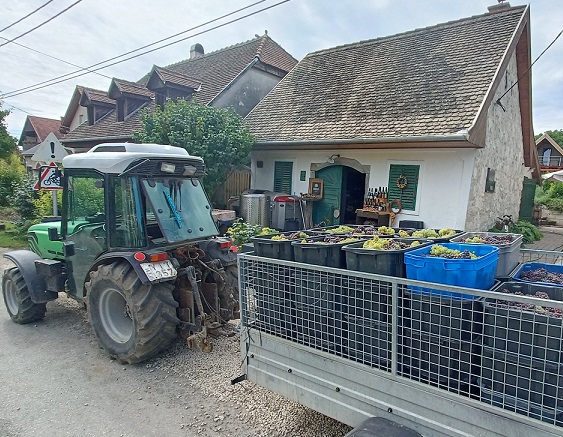
The first wine is an unusual méthode traditionnelle featuring a unique blend of a disease-resistant variety and a grape that’s better known for producing still wines.
For this experiment, I’ve come to an up-and-coming sparkling wine region – Etyek-Buda, about 30km west of Hungary’s capital, Budapest. Etyek-Buda is Hungary’s first PDO (Protected Designation of Origin) for sparkling wines, and the first releases of ‘Etyeki Pezsgő’ are due next year, from the 2020 vintage.
The winemakers behind the Etyeki Pezsgő wines are trying to rebuild the reputation of Hungarian sparklers and restore the beautiful town of Etyek to its place among great fizz capitals. József Törley was the first to recognise the region’s potential after returning from an apprenticeship at Louis Roederer in Reims at the end of the 19th century. He realised this cool region – with its limestone soils – had a good deal in common with the Champagne region and set up a winery for sparkling wine production in Budafok, south of Budapest. The business grew rapidly and Törley exported his wines around the world, setting up warehouses in Hamburg, Berlin, Copenhagen, and Paris to cope with demand from Germany, Scandinavia and France!
Two world wars, nationalisation and a switch in focus to high quantities for the Russian market erased the region’s reputation. But, since the fall of the Iron Curtain, there have been swift changes in winemaking in Etyek, with a return to private and family winemaking enterprises and renewed interest in producing high-quality sparkling wines.
Earlier this year, I got to taste some of the local output and was impressed by the overall quality.
There were good classic wines featuring the usual French varieties. These included Kálna Pince’s 2018 (100% Chardonnay with 5g/L dosage), Haraszthy Vineyards’ Öreghegy Brut 2016 (100% Chardonnay with 7g/L dosage and 3g/L natural residual sugar), Vizi Pincészet’s Stellar Brut Nature 2017 (50% Chardonnay, 50% Pinot Noir, with zero dosage), and the crowd-pleasing Etyeki Kúria Méthode Traditionnelle 2018 (50% Chardonnay, 50% Pinot Noir with 7g/L dosage).
There were some less obvious but equally delicious blends, such as Anonym Pince’s Összhang Brut Evolution 2016 (75% Chardonnay, 25% Pinot Gris with 3g/L dosage) and Rókusfalvy’s Brut 2018 (50% Chardonnay, 30% Pinot Blanc, 20% Grüner Veltliner, with 6g/L dosage). And then there was Kattra Pincészet’s Dionysos Brut Nature 2016 – a unique blend of 38% Pinot Noir, 32% Viktória Gyöngye, and 30% Pinot Gris with zero dosage and 2.7g/L natural residual sugar.
But my favourite was Nádas Borműhely’s GV Brut Nature 2019 – 100% Grüner Veltliner, with 30% fermented in barrels. I loved the delicately spicy, almost peppery finish.
This wine meets two of the new PDO’s strict criteria:
- Traditional method wines with a maximum dosage of 12g/L of sugar;
- Minimum of 24 months’ ageing.
- Grüner Veltliner is not one of the four permitted grape varieties for Etyeki Pezsgő. Although it’s one of the 40 authorised varieties grown in the region, the PDO regulations have restricted the permitted varieties to Chardonnay, Pinot Noir, Pinot Gris and Pinot Blanc.
They want the region to become known for sparkling wines with medium intensity aromas of biscuit, roasted nuts and breadcrust, an elegant fruitiness on the palate, harmonious acidity, creamy texture and velvety bubbles.
That’s what I’m aiming for with my wine, but with less traditional grape varieties…
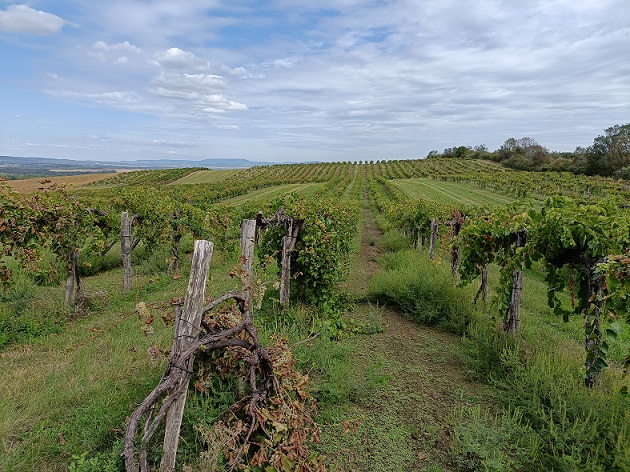
Before Törley opened his winery in 1882, the main grape varieties in the region were Kadarka, Dinka, Gohér, Rakszőlő, Hárslevelű, Mézes Fehér, and Sárfehér. By the mid-1970s, the key varieties were Mézes Fehér, Ezerjó, Hárslevelű and Olaszrizling (Welschriesling), with the Department of Viticulture of the University of Horticulture adding Chardonnay, Királyleányka, Rizlingszilváni, and Zöld veltelini (Grüner Veltliner). Another influx of new varieties came to the region in the 1980s, with large-scale plantings of Szürkebarát (Pinot Gris), Pinot Blanc, Sauvignon Blanc, Irsai Olivér, Riesling, Muscat Ottonel and more Olazsrizling. There were also experimental plantings of Hungarian-bred grape varieties including Cserszegi fűszeres, Zenit, Zefír, Zengő, Karát, Mátra Muscat, and Viktória Gyöngye.
As well as using barrel- and tank-fermented Grüner Veltliner in my sparkling wine, I’m also going to use one of these Hungarian hybrids.
The winemaker behind my favourite Grüner Veltliner sparkling wine, Szilárd Nádas (below), also mentioned that he made a sparkling wine from Viktória Gyöngye, which translates as Pearl of Victoria. It’s not a grape I’ve come across before and a quick search on the internet revealed… absolutely nothing. I was intrigued.
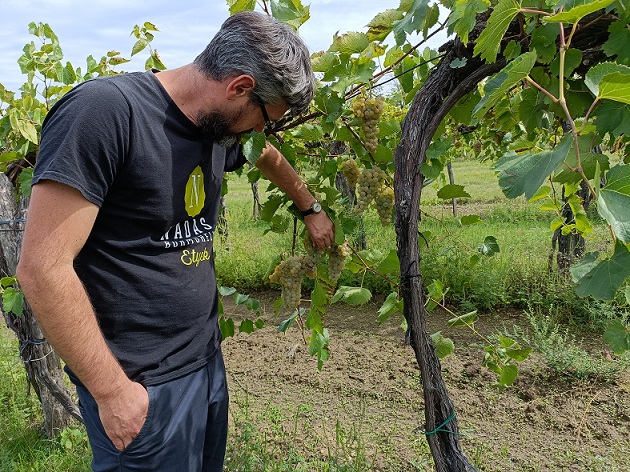
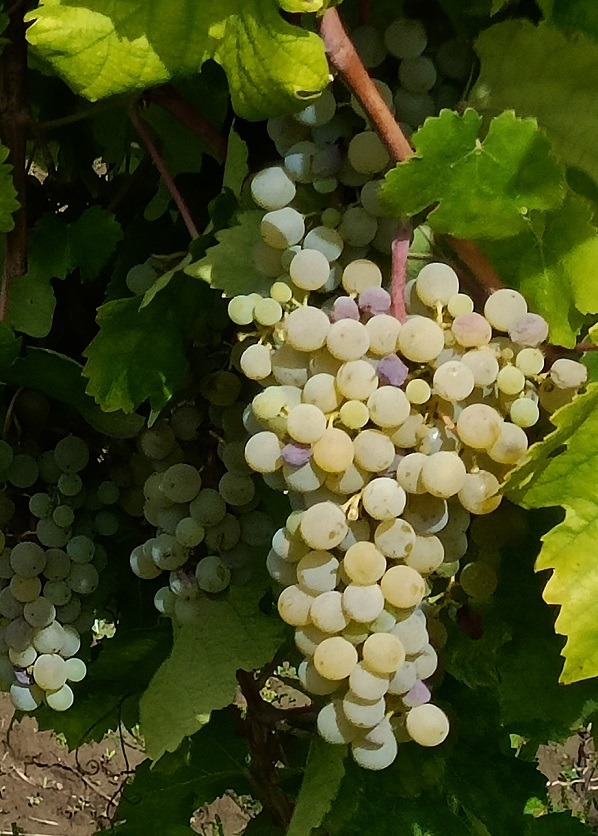
This is what Pearl of Victoria looks like in the vineyard that Szilárd rents from Törley, Hungary’s largest sparkling wine producer. It has large clusters and berries, and the unusual feature is that the berries turn white and crunchy when ripe.
Szilárd tells me this white grape variety is a crossing of Seyve-Villard 12375 and table grape Pearl of Csaba. It was selected in 1966 and registered in 1995. It can also be found in Hungary’s Kunsági and Egri regions. Szilárd says he uses it because it was bred for sparkling wines and is resistant to fungal diseases and frost.
He has only sprayed the Pearl of Victoria vines four times this year, while his other varieties have received seven treatments. “It’s a very good variety,” he says, before outlining its many advantages: “It’s easy to grow, easy to produce, it’s very stable. If I could, I would produce two tanks but, at the moment, people have to know about it.”
Challenge accepted.
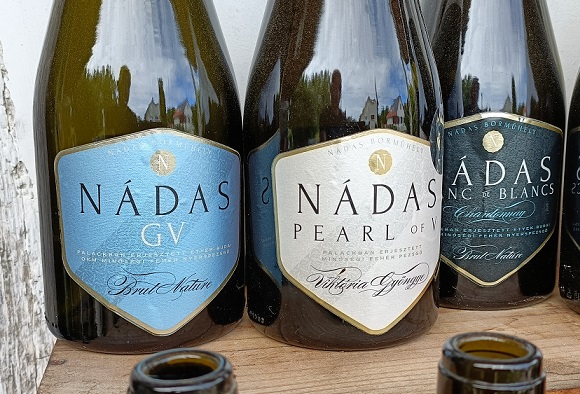
Szilárd says that his former employer, Törley, uses it in some blends. In fact, my Pearl of Victoria comes from the same plot of 32-year-old vines – probably the largest Viktória Gyöngye vineyard in the world: a whopping 1.5ha.
But, as far as he knows, he’s the only one producing a varietal sparkling wine from it (above).
“This variety is not listed in the region as a grape, so I cannot use the name of the village, I cannot use the name of the region on my labels. I don’t fucking care. Is it good or not? I sell 70% here,” he says, as we stand in his cellar, which dates from 1879. “So people will believe me or the taste.”
The large Pearl of Victoria berries for his varietal and my blend were picked five days apart because the harvest was interrupted by heavy rain. The second picking, with higher potential alcohol and lower acidity, was added to the tank containing the first when it had nearly finished fermenting.
“The first pick was like 9% potential alcohol. That’s why we added the second picking, which had higher sugar levels,” he says.
As we taste the juice, Szilárd comments on the strange vintage – explaining that he’s normally finished picking in four days but this year the harvest will continue for four weeks. His wife Veronika and a small team of pickers were out bringing in the last of the Grüner (at 11% potential alcohol) when I arrived.
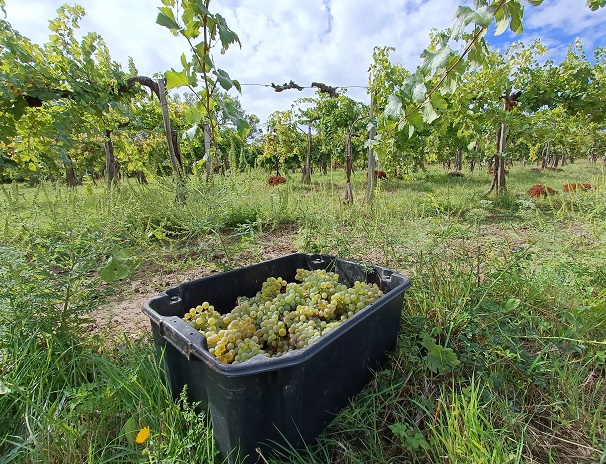
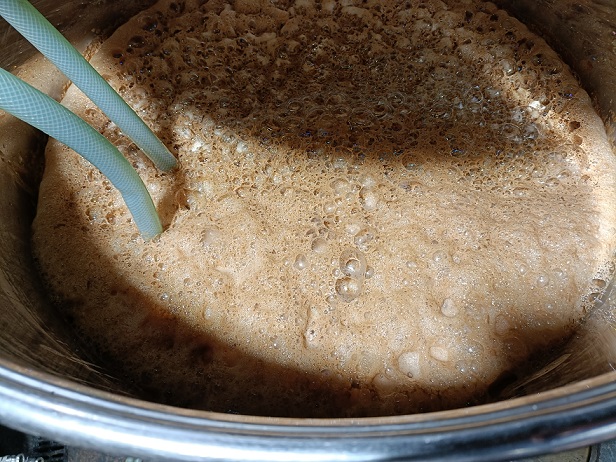
The first picking of Grüner, hand-harvested at 9% potential alcohol, was frothing nicely as I checked the temperature (18C).
Looking for reassurance that I’m not completely crazy in trying to blend these two varieties, I ask Szilárd why he doesn’t do it and only makes varietal wines.
“Blends are always cheap,” he replies. “In this place you cannot produce anything cheap because all the production prices are triple the big ones, so I have to show very different products than the others and that’s how we could win little segments of the market.”
Established in 2011, Nádas Borműhely produces 10,000-12,000 bottles of wine a year from vineyards around the village of Etyek. His PDO wine will be a blanc de blanc, from Chardonnay, aged for at least 24 months.
After tasting the Királyleányka and Pinot Gris must, Szilárd pours me some Zenit, one of the other experimental varieties introduced to the area in the 1980s. Szilárd plans to make a sparkling wine from it this year and offers me some for my base wine. I consider it for a moment.
The early-ripening Zenit – a 1950s crossing of Ezerjó with Bouvier – performs outstandingly well in Etyek and was one of the few success stories in the disastrous 2014 vintage. Although a Grüner, Pearl of Victoria and Zenit blend would be equally unique, I’m wedded to the vision of a Grüner-Viktória Gyöngye blend. I have this gut feeling it’s what the world is waiting for. We’ll see in 24 months or so…
The word ‘unique’ is often overused and wrongly appropriated. But I think it’s accurate for my first sparkling wine.
As I leave Etyek for my next stop, I drive past the Viktória Gyöngye vineyard and notice, on the other side of the road, the huge film studio (below) which has caused some people to nickname the town ‘Etyekwood’. I smile to myself: my grapes came from the same hill. It’s all the convincing I need that my blend is going to be a blockbuster. And frankly my dear, if the world is not waiting for it, I don’t give a damn. I’m already having fun making it and learning from Szilárd.
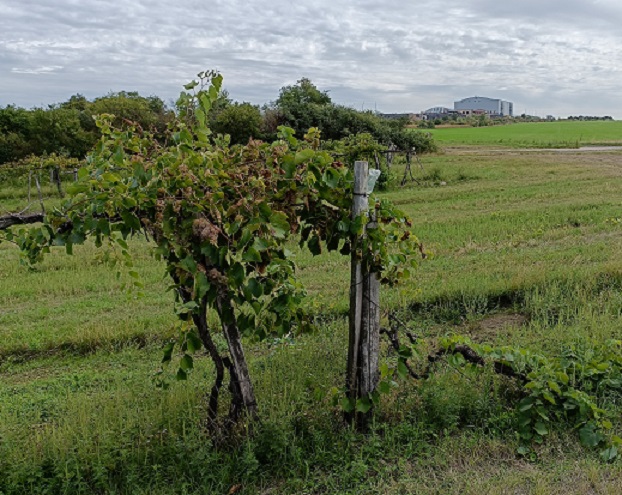
Szilárd’s top tip
The small family winery Nádas Borműhely has recently planted a small vineyard with Chenin Blanc and Syrah for sparkling wines. When I visited the site, which is surrounded by woods, we spotted a deer gambolling between the vines. Szilárd said the main problem with them is they eat the green shoots in spring, so he sprays the vines with a soap solution. He says deer don’t like the smell or taste of soap.Follow Chris Boiling’s winemaking odyssey by signing up to Canopy.


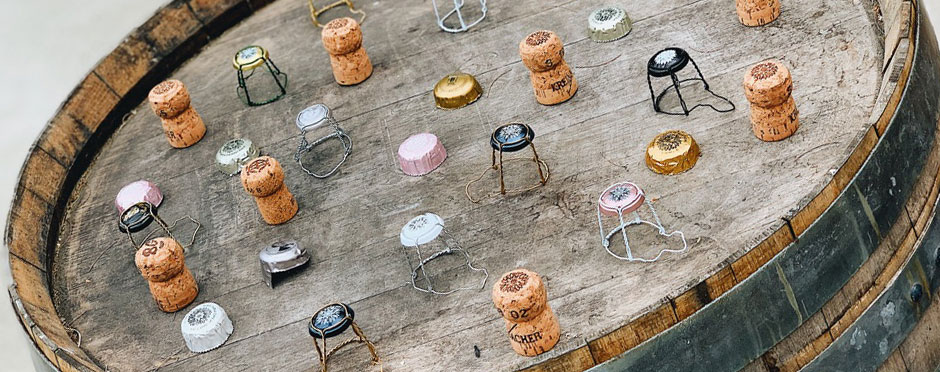










.png)






